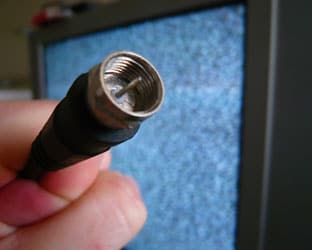The Broadband Plan proposed by FCC staff is certainly going to be a debate going on for at least the next year. One of the primary issues will be the proposed “repacking” of the UHF band to free up the 120 mHz (20 channels). With only 30 UHF channels today, this would dramatically shrink the band. (channels 52-69 were relinquished with the DTV transition, and 14-19 were surrendered in some markets).
How will LPTV stations fit into this puzzle? Many are still analog. LPTV stations are licensed as supplemental facilities, meaning that they are subject to displacement by full-power stations. During the DTV transition, the commission created a special category, Class A status, to preserve and relocate low-power stations subject to eviction from their channels by changes at full-power stations.
This repacking, as proposed as by the FCC staffers, will lead to a future issue: What happens to the LP’s? An interesting twist on this is the vast majority of LP stations now and for the foreseeable future (from a business model), even if they slowly transition to digital, only have a single program channel — and likely will need only one for the foreseeable future. Many of these stations are local talent or are picking up foreign language material—almost all of which are available in the standard definition technical format (no need for HD).
As these stations migrate, does it become worthwhile for a full-power licensee to start granting or leasing an entire subchannel to them? It would also allow them to clear up any lingering claims they might have to the spectrum for proposed broadband purchasers.
Right now, the full-power broadcaster has exclusive rights to that 6-mHz channel spectrum. There is no requirement to lease it out to in-market LPTVs. There might be some real money for broadcasters. LPTVs might have some cash (“go-away”, liquidated, damages money) to be paid to give up the spectrum that broadband companies want now. They would still keep their programming on one of a full-power local station’s multicast channels.
It may be also possible to shoe-horn in or consolidate the existing full-power over-the air broadcasters into a reduced footprint and free-up 20 channels. It’s theoreticlaly possible because during the DTV transition period, for example, every station was in effect broadcasting on two channels.
Anyway, food for thought as this all unfolds…




